How brands can get their programmatic strategies right
Programmatic advertising is an efficient, data-driven way of buying digital ads and getting your ad live in the current advertising landscape. It can help brands reach customers along their entire path to purchase and drive more valuable conversions. While programmatic is becoming a necessity today, it is important for brands to get the fundamentals and specifics right before starting on this journey.
Programmatic can help brands understand the consumer behaviour as well as the interests of the target audience. Brands can also customise and filter the advertisements according to the consumer preference or his online behaviour. For example, if a person searches for sneakers with the help of programmatic, sneaker brands can target those particular consumers. Consumers are fed with content on short video platforms, where the content is bite size and quick. In this short time span, it becomes imperative for brands to add value to the customers’ journey and present themselves as a part of their journey, and programmatic does a phenomenal job of marrying the right customer to the right message.
Commenting on the growth of programmatic, Sankalp Mehrotra, Vice President, Flipkart, said, “Programmatic is going to take a large share of digital. Think of the success for it being determined by your ability to understand customer intent. I think today a lot of decision making that is done as far as the media spends is concerned would largely depend on some content they consume, but there is more to the consumer than that. If you can understand the entire intent journey that a customer has, whether it is latent or nascent or new intent, your ability to understand all of that is what will create a differentiation.”
Sukhleen Aneja, CEO, GoodGlamm, noted, “Many ad spenders have adopted programmatic because it does give you significant savings and money. So, mostly after you have adopted, you do see at least anywhere between 20% and 25% of optimisation on spends post programmatic. In India, large corporations have adopted newer companies that are doing a lot of stuff in house. But I think that there is still a bit of learning that is required to be built.”
On the difference between Indian and global market, when it comes to programmatic, Steve Vinod, Senior Manager, Meesho, said, “There are multiple market level problems that I see as to why India is still trying to dabble in this to do this right. There are a bunch of platforms that do programmatic for you. The reason why we are in this stage is because at the scale where India is operating today, it has been used as a plug-and-play at 800 million users for different purposes by different brands. In the rest of the global markets, they understand what programmatic is, they instrument it and then they take it to market for different use cases. That is the difference that I largely see.”
Citing an example, he added, “The possibilities of programmatic are that it helps in personalisation and localisation. For example, at Meesho, we love to talk to people in the language that they try to relate to. For the application of programmatic, I just need to get the creatives translated to shopping behaviour in different parts of the country and that becomes like a single pipeline for me, as for programmatic, the next lever is to optimise it better – Where will the returns be better?, Where will the CTR be better?, Which placement is better?, What creative actually works?, etc. These are functional optimisation calls which are long term. Programmatic is for you to know better, it should be looked for more long term than short term strategy.”
How to build a successful omnichannel strategy?
According to Flipkart’s Sankalp Mehrotra, “Put the customers in the marketers’ place, understand their journey, invest in the right kind of data sets and technologies that you want to harness, rather than distributing your dollars on multiple notes and doing an average job when you can do a good job on a few things. Brands should follow these fundamentals. There are some challenges for the marketers as well, such as how to ensure there is trust in your customer, how do you ensure that you are catching their attention at the right time, how are you building your business on mobile. Decision making should be done by putting consumers at heart.”
For GoodGlamm’s Sukhleen Aneja, it is all about solving problems. She said, “You have to be very clear on what the problem is in the omnichannel that you want to solve. If it is the problem of stock availability, then you can say if it’s not available offline, find it online. As long as you are very clear on what problem omnichannel is meant to solve, then the shopping journey is seamless. Don’t omnichannel just for the heck of it without realising what incremental problems you will solve along the way. So, by being very sharp about what happens, you are most likely to find online, when they come offline. How can the journey be made seamless, and what is the incrementality of going from offline to online for a consumer that makes it easier? Is it convenience, is it variety which you are not likely to find in an online consortium? An omnichannel presence is absolutely needed, provided you know how best you want to be able to utilise the journey between the two channels.”
“Especially with omnichannel, I don’t think it is only marketing, or only digital, or only programmatic. With omnichannel, it is bits and pieces of the user’s journey that you need to actually be available, be accessible, and also make it a little more convenient for the user at any given time. For CPG, for example, every possible trading supermarket is as important as every website because of the accessibility to people – how do you make that easy, how do you create that convenience – is largely what it is,” remarked Meesho’s Steve Vinod.









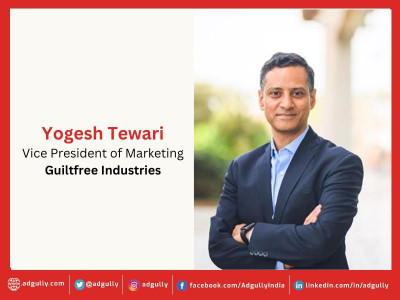
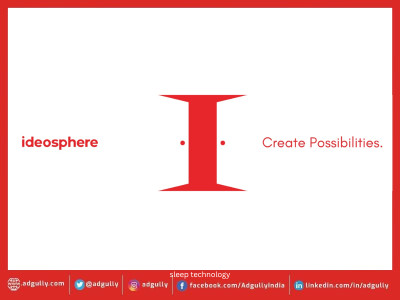
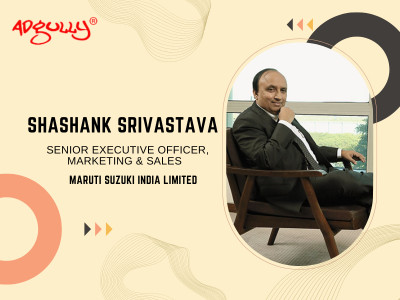

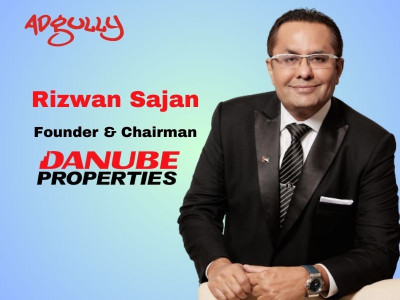
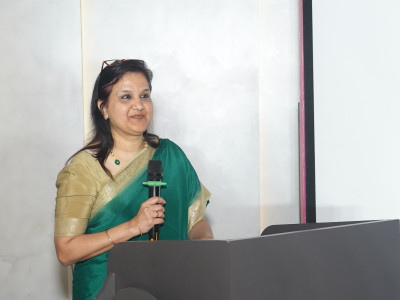

Share
Facebook
YouTube
Tweet
Twitter
LinkedIn